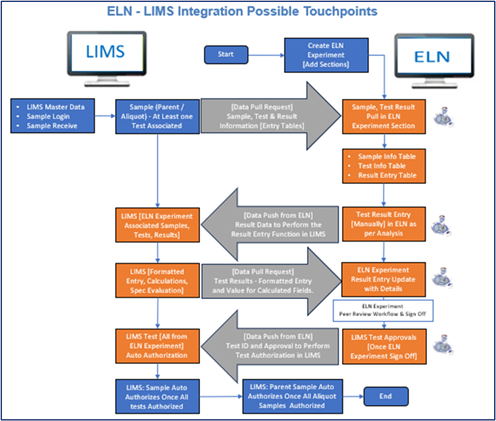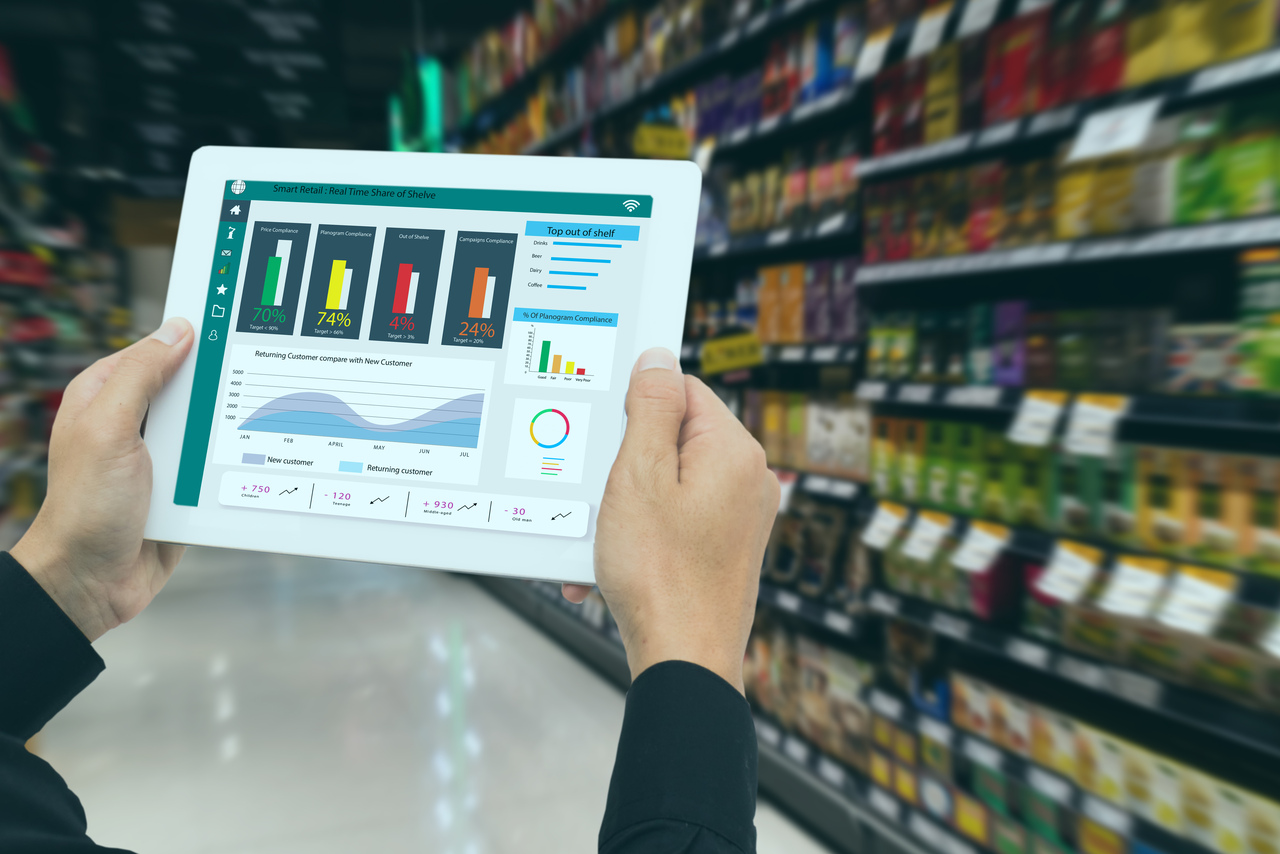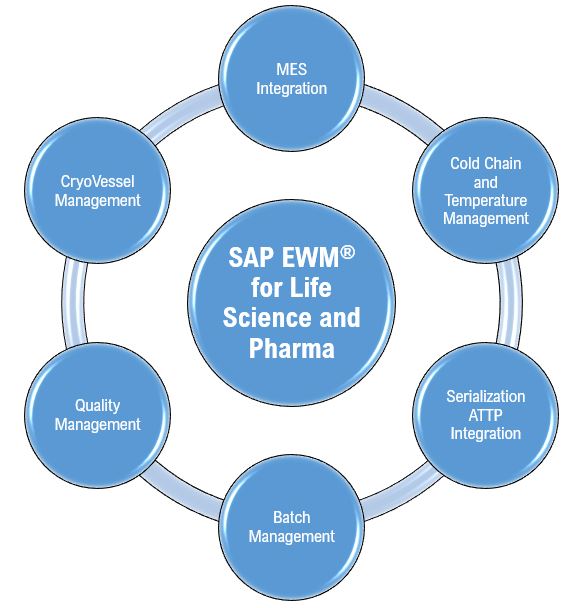Unlocking the Future of Laboratory Efficiency: The Power of ELN-LIMS Integration
As scientific research grows more complex and data-driven, laboratories are increasingly adopting digital solutions to enhance efficiency and accuracy. Two key technologies leading this transformation are the Electronic Lab Notebook (ELN) and the Laboratory Information Management System (LIMS). While each system offers distinct benefits on its own, their integration can unlock even greater potential. In this blog, we delve into the advantages of ELN-LIMS integration—highlighting how it boosts lab productivity, strengthens regulatory compliance, and promotes seamless collaboration across teams.
What is an Electronic Lab Notebook (ELN)?
An Electronic Lab Notebook (ELN) is a digital alternative to traditional paper-based lab notebooks, providing researchers with a centralized platform to plan, record, and manage their experiments. ELNs enable structured data entry, version control, real-time collaboration, and secure data storage, making them essential tools in research-intensive and quality-focused environments. Additionally, ELNs help ensure compliance with industry regulations by maintaining accurate, traceable, and tamper-proof records.
Key Features of an ELN
- Real-Time Experiment Documentation: Capture procedures, observations, and results as they happen, ensuring accurate and timely record-keeping.
- Efficient Data Organization: Systematically store, categorize, and retrieve experimental data to streamline analysis and reporting.
- Collaborative Functionality: Facilitate teamwork by allowing multiple researchers to contribute to shared projects, promoting consistency and transparency.
- Regulatory Compliance Support: Maintain complete audit trails, utilize electronic signatures, and implement version control to meet industry standards and regulatory requirements.
What is a Laboratory Information Management System (LIMS)?
A Laboratory Information Management System (LIMS) serves as the digital backbone of modern laboratory operations. It streamlines and automates core functions such as sample tracking, workflow management, data reporting, and resource scheduling. LIMS platforms are crucial for maintaining consistency, traceability, and scalability especially in high-throughput environments and regulated industries where precision and compliance are paramount.
Key Features of a LIMS
- Sample Tracking: Monitor sample location, condition, and usage at every stage.
- Workflow Automation: Streamline routine tasks like data entry, labeling, and validation to save time and reduce errors.
- Inventory Management: Keep track of reagents, consumables, and equipment to ensure lab supplies are always available when needed.
- Regulatory Compliance: Automatically generate and store records needed for audits and regulatory reporting.
Why Integrate ELN and LIMS?
ELNs and LIMS are powerful on their own, but even more effective together. ELNs manage research and experiment documentation, while LIMS handles operations like sample tracking and workflow management. When integrated, they create a seamless system that improves lab efficiency, data traceability, and overall connectivity.

ELN and LIMS Integration Touchpoints
- ELN System Download: Sample, Test & Result Information from LIMS to ELN by providing the user details, sample type and Sample IDs expected to the performed in the ELN Experiment.
- ELN System Result Posting to LIMS: After ELN experiment analysis, sending the User ID, Experiment ID, Test Comments, LIR# and Results ID with Result Information from ELN to LIMS through the integration trigger.
- Integration check user privileges and update the result details to the respective sample, test and result component.
- LIMS process of Test Result Configuration, once the result data being entered it will trigger the Formatted entry, calculation and specification check with in the LIMS System.
- ELN System Download: Integration triggers pull the formatted results, calculations and specification details for the tests selected in the ELN Experiment through the datalink query refresh.
- ELN Replicate Trigger: option to send the User ID, Experiment ID & Result ID with Replicate Count value from ELN to LIMS through the webservice trigger.
- Integration checks the user privileges and creates the result replicate under the result ID as per the replicate count value.
- ELN Replicate Sync: option to pull the additional results replicates created in the LIMS system for the tests selected in the ELN Experiment.
- ELN System Test Approvals Posting to LIMS: After ELN Experiment Sign off, user shall be able to send the Session User ID & Experiment ID details to check user privileges & approve the associated valid status tests from the respective experiment in the LIMS system.
Integrating ELN and LIMS connects the scientific and operational sides of the lab, allowing smooth data flow and reducing silos.
How ELN-LIMS Integration Adds Value
- Fewer Human Errors: Results entered in the ELN are automatically synced to the LIMS, reducing manual mistakes.
- Faster Data Entry: Enter data once in the ELN and sync it with the LIMS—no need for duplicate input.
- No Duplicate Reviews: Review results in the ELN and have them automatically mapped to the LIMS, avoiding repeated checks.
- Improved Efficiency: Streamlines workflows and supports lab automation and digital transformation.
When integrated, these two systems create a smarter, more connected lab environment.
Challenges of Using ELN and LIMS Separately
Using ELN and LIMS as separate systems can cause problems:
- Data Silos: Teams might have incomplete or mismatched data.
- Manual Work: Moving data by hand takes time and can lead to mistakes.
- Limited Overview: It’s harder to see the full picture and make good decisions.
- Compliance Issues: Keeping track of rules and regulations gets tougher with scattered records.
- More Effort: Managing and training people on different systems takes extra time and work.
Conclusion
In today’s data-driven labs, connecting ELN and LIMS is more than just helpful it’s a smart move. By linking experiments with daily lab operations, labs can work faster, stay compliant, and encourage new ideas. Whether you’re starting fresh or improving current systems, using both ELN and LIMS together helps labs become more efficient, accurate, and collaborative. As science keeps advancing, ELN-LIMS integration will be a key step toward smarter lab management.










